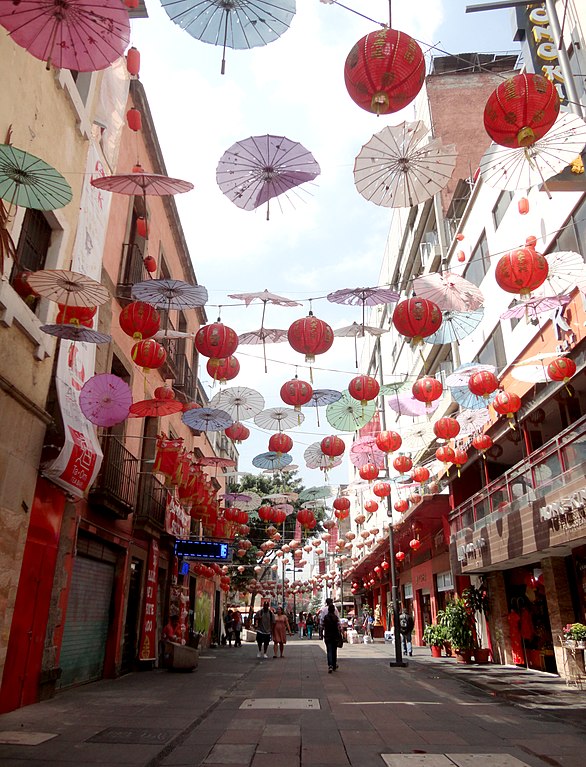
The people of China have a long tradition of immigration to Mexico, some of it having resulted from the famous Manila Galleon Trade which connected Acapulco with the Philippine Islands for some 250 years. Later important waves of Chinese immigration brought workers and laborers from both the USA and from mainland China.
Some of the Chinese population in Mexico City arrived as the result of unrest in the northern states like Sonora and Sinaloa where they’d been permitted to live and work. By the 1930s, the streets of Dolores and Luis Moya in the city center were lined with laundries owned and attended by Chinese families who – due to Mexican racism – were not allowed to mix with locals.
Nevertheless, Chinese people also prospered running “Chinese cafes,” still well-known for their “cafe con leche,” biscuits, and choux buns. They’re nearly omni-present to this day in some parts of the city, but most of these cafes do not have any Chinese staff today.
Cafe con leche has traditionally been served with few words. Coffee is poured from an aluminum pot it into an octagonal glass, often from a considerable height. The server will wait for the customer to indicate how much coffee is desired by instructing “ya” when the quantity is sufficient. The remainder of the glass is then filled with hot whole milk, and the entire process can seem rather ritualistic.
Visit the Barrio Chino for one of these coffees, (several inconspicuous places will sell you one in and around the barrio), or stay for an excellently prepared lunch or dinner.
 barriochino@alx.com.mx
barriochino@alx.com.mx
 5527640045
5527640045
 http://www.barriochino.com.mx/
http://www.barriochino.com.mx/

0.02 kms.
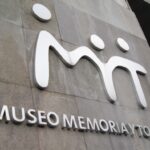
0.23 kms.

Bellas Artes has long been an iconic symbol of Mexico City's culture, artistry, and the performance arts.
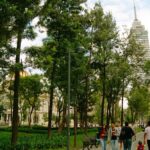
A most charming geometrically laid-out park in the center of Mexico City...
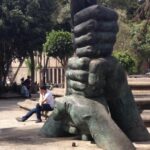
One of the most central of public squares is a beloved memorial to unforgettable tragedy.
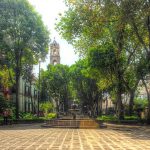
One of Mexico City's most beautiful historic squares, it's a meeting place for booklovers and dealers.

One of Pedro de Arrieta's most lasting contributions to the look and feel of the City.